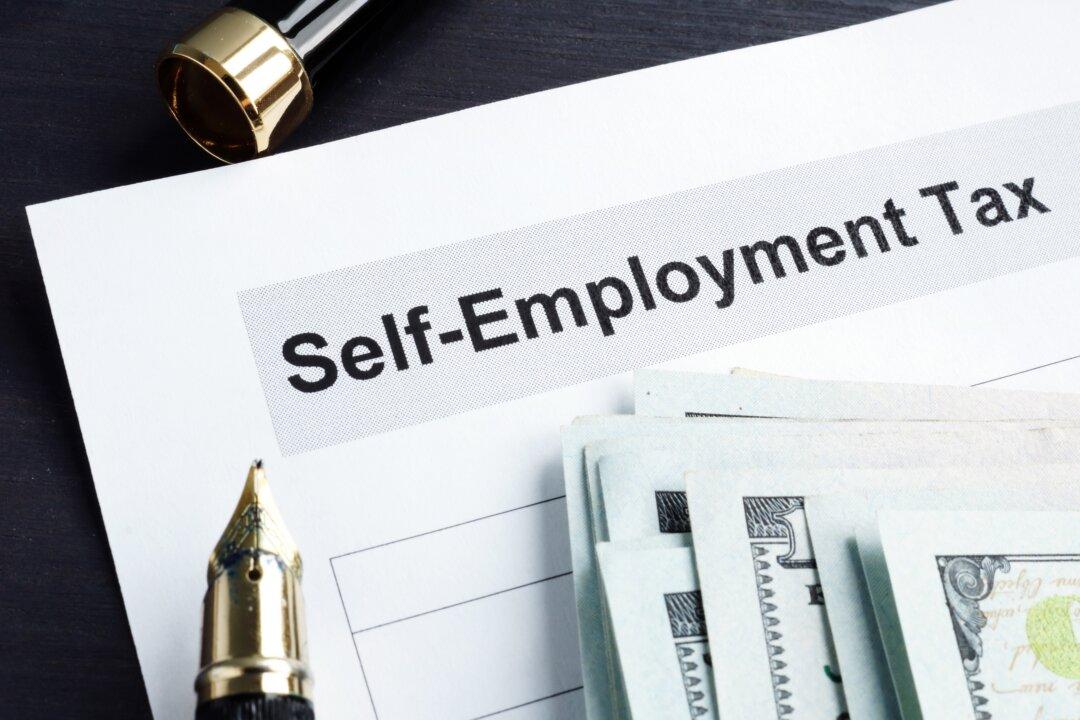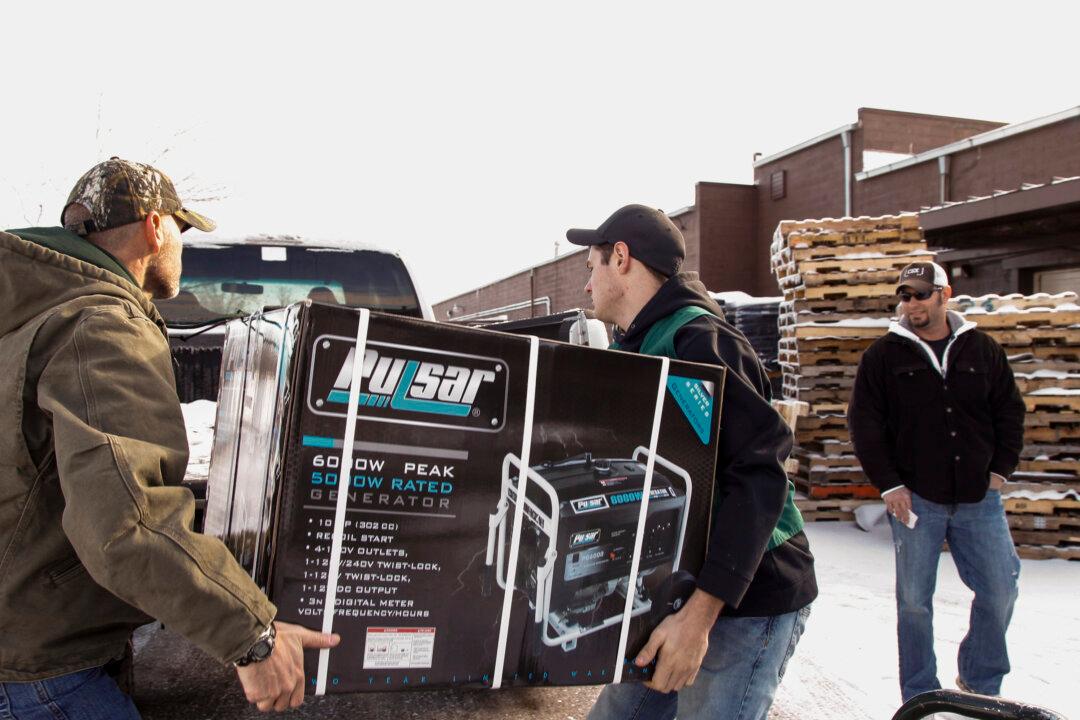Maybe you call it freelancing, or you call it contract work, or you call it gig work. Maybe you have multiple part-time jobs in which you are paid hourly, with no benefits. Perhaps you have started your own business out of your home.
In any of those scenarios, you are considered “self-employed’’ by the Internal Revenue Service (IRS). But, because you are making money in what you are doing, you must pay taxes on the revenue you earn.






